Prof. Carroll
Mathematics
Publications
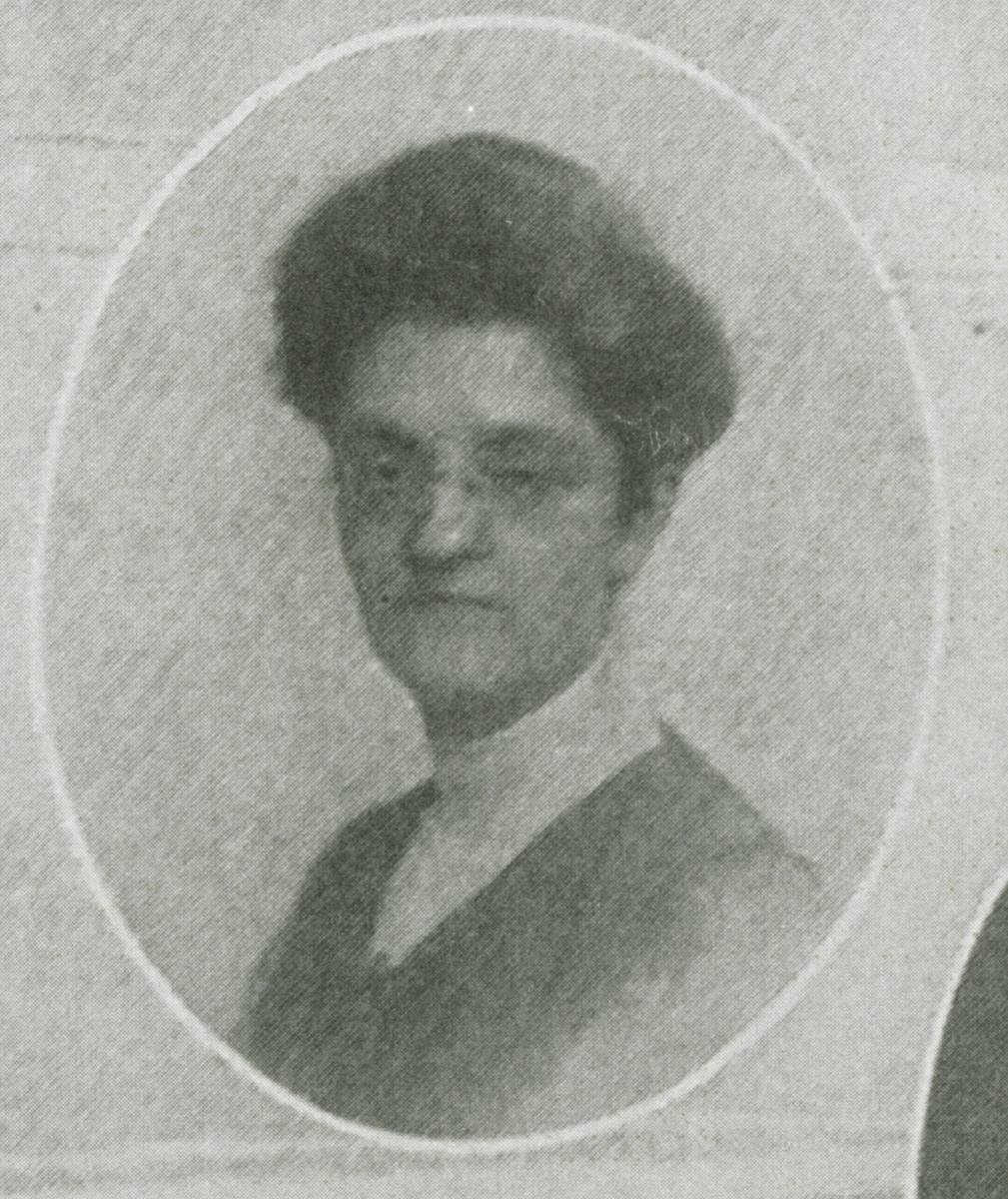
Mabel Sykes: A Life Untold and an Architectural Geometry Book Rediscovered
With Elyn Rykken
Convergence, March 2020
As an author and high-school mathematics teacher in the early twentieth century, Mabel Sykes had a passion for mathematics that continues to reveal itself through her geometry and algebra books and her pedagogical articles. In her 1912 Source Book of Problems for Geometry, Sykes uses complex and beautiful architectural designs as her inspiration for exercises on geometric proof, construction and computation techniques.
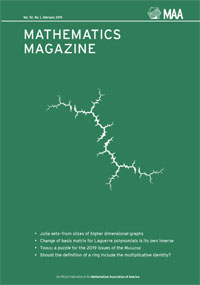
The Involutory Laguerre Transition Matrix
With Elyn Rykken
Mathematics Magazine, Volume 92, February 2019
Named for French mathematician Edmond Laguerre (1834–1886), the Laguerre polynomials form one of the classical families of orthogonal polynomials. We construct this family of polynomials before presenting the surprising result that the transition matrix corresponding to a basis of Laguerre polynomials is its own inverse.
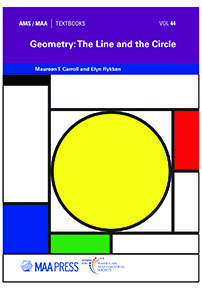
Geometry: The Line and the Circle
With Elyn Rykken
AMS/MAA undergraduate textbook series, 2018
Euclid's geometric tools, the straightedge and compass, give rise to our principal characters, the line and the circle, in this undergraduate geometry textbook. We follow the story of these figures as we journey to the lands of spherical, hyperbolic, taxicab, and finite affine and projective geometries. Our focus at the start is Euclid's Elements, but we introduce non-Euclidean geometries very early in the text in order to demonstrate the danger of hidden assumptions and to identify the desirable properties of an axiomatic system. Along the way we provide historical narrative as we discuss the developments and controversies in geometry, as well as the stories of the people behind the ideas.
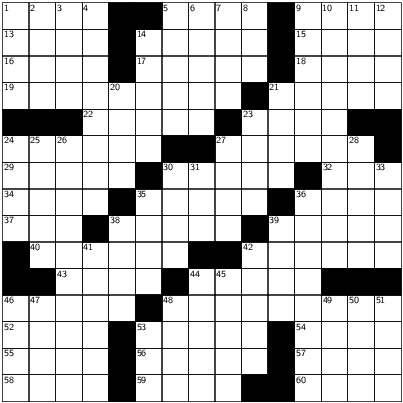
Geometry
Mathematics Magazine, Volume 90, October 2017
A crossword puzzle with a focus on geometrically-themed clues.
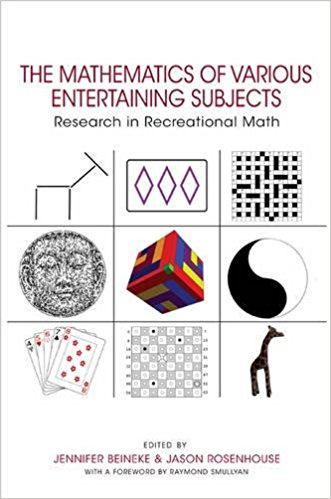
Tic-tac-toe on Affine Planes
With Steven Dougherty
The Mathematics of Various Entertaining Subjects: Research in Recreational Math, Edited by J. Beineke and J. Rosenhouse, Princeton University Press, 2016
In this book chapter, we analyze the outcome of tic-tac-toe played on an affine plane of any finite order.
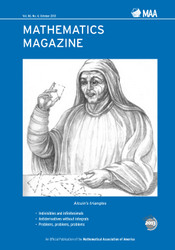
Indivisibles, Infinitesimals and a Tale of Seventeenth Century Mathematics
With Steven Dougherty and Dave Perkins
Mathematics Magazine, Volume 86, October 2013
In this article, we describe clever arguments by Torricelli and Roberval that employ indivisibles to find the volume of Gabriel's trumpet and the area under the cycloid. We detail 17th century objections to these non-rigorous but highly intuitive techniques as well as the controversy surrounding indivisibles. After reviewing the fundamentals of infinitesimal calculus and its rigorous footing provided by Robinson in the 1960s, we are able to revisit the 17th century solutions. In changing from indivisible to infinitesimal-based arguments, we manage to salvage the beautiful intuition found in these works.

Waiting to Turn Left
With Elyn Rykken and Jody Sorensen
College Mathematics Journal, Volume 41, January 2010
We use recorded traffic data to examine the rule used by the state of Pennsylvania to determine when the installation of a dedicated left-turn arrow is justified at a traffic intersection. In creating a mathematical model, we encounter a natural application of the fundamental theorem of calculus.
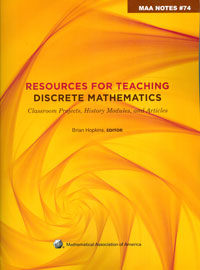
Fun and Games with Squares and Planes
With Steven Dougherty
Resources for Teaching Discrete Mathematics, Edited by B. Hopkins, MAA Notes #74, MAA, 2009
In this book chapter we give a project appropriate for a discrete mathematics course spanning a week of class periods. Students start by exploring Latin squares to discover their relationship to finite affine planes. After learning how to play tic-tac-toe on an affine plane, students explore player strategies on the planes of order 3 and 4.
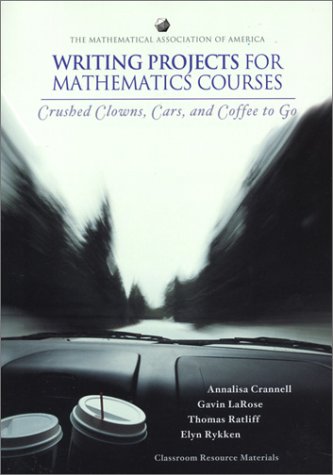
Stuck in Traffic in Chicago
With Elyn Rykken
Writing Projects for Mathematics Courses: Crushed Clowns, Cars, and Coffee to Go, MAA Publications, 2004
A writing project for a second-semester calculus class based on traffic data supplied by road sensors on the Dan Ryan Expressway in Chicago.
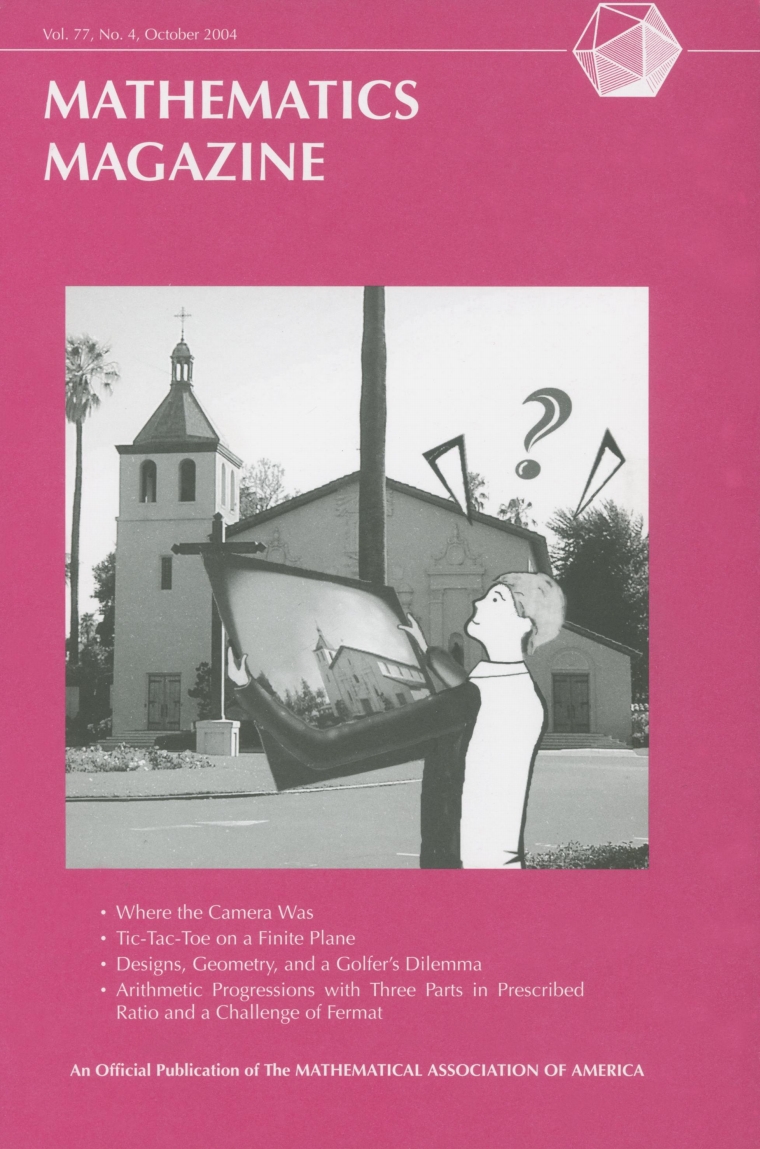
Tic-Tac-Toe on a Finite Plane
With Steven Dougherty
Mathematics Magazine, Volume 77, October 2004
Everyone knows how to play tic-tac-toe. On an n x n board, if a player is able to place their marks "n in a row" either horizontally, vertically, or diagonally then they have won the game. What if we keep the rules of the game the same but increase the number of possible lines to include some that would not fit our standard description of "in a row"? We have done this in a systematic way by including only those lines prescribed by a finite affine plane, creating an interesting, geometrically motivated game. We discuss Latin squares and affine planes and the relationship between them in order to describe how the game is played on an affine plane. We also discuss projective planes, showing them as a natural extension of affine planes. Sample tic-tac-toe games on these finite planes are given and the existence of winning and drawing strategies for both players is discussed.
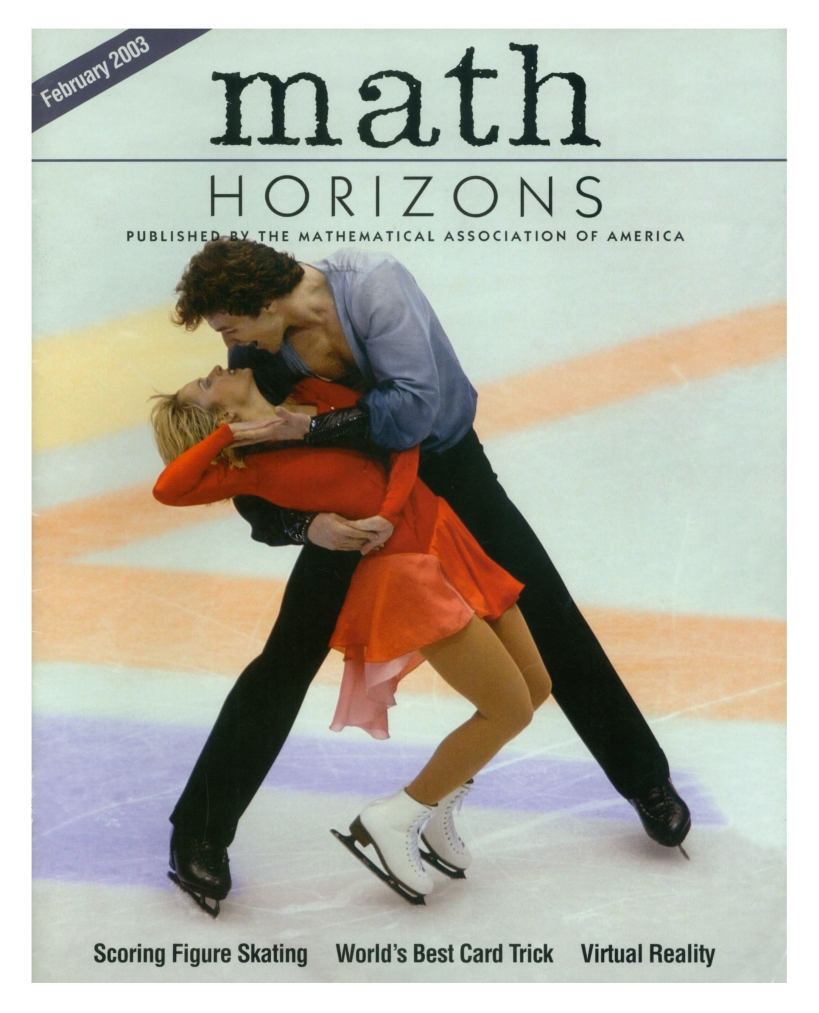
The Canadians Should Have Won!?
With Elyn Rykken and Jody Sorensen
Math Horizons, Volume 10, February 2003
In this article, we investigate the problem of determining overall rankings from a panel of voters with varying preferences within the context of the controversial 2002 Olympics pairs figure skating event.

The Wallet Paradox Revisited
With Michael A. Jones and Elyn Rykken
Mathematics Magazine, Volume 74, December 2001
In Martin Gardner's "Wallet Game," two players agree to wager the contents of their wallets. The player carrying the lesser amount of money wins the other player's amount. Assuming infinitely repeated trials, we view this game probabilistically and ask if an optimal strategy exists when the distribution of the players' amounts are required to have the same mean. In this paper, we show that no such strategy exists in both the discrete and nonatomic cases. We also consider the analogous restriction on the median.

Stuck in Traffic in Chicago: A World Wide Web Project
With Elyn Rykken
MAA Online: Innovative Teaching Exchange, 2000
You are caught in bumper-to-bumper traffic heading south to downtown Chicago on Lake Shore Drive. Tuning your radio to the traffic station, you grit your teeth as you hear that the normal fifteen minute commute time from Montrose Street to Randolph Street has been replaced by forty minutes of torture. With all the time on your hands, you start wondering: "How do they calculate traffic times in Chicago?"
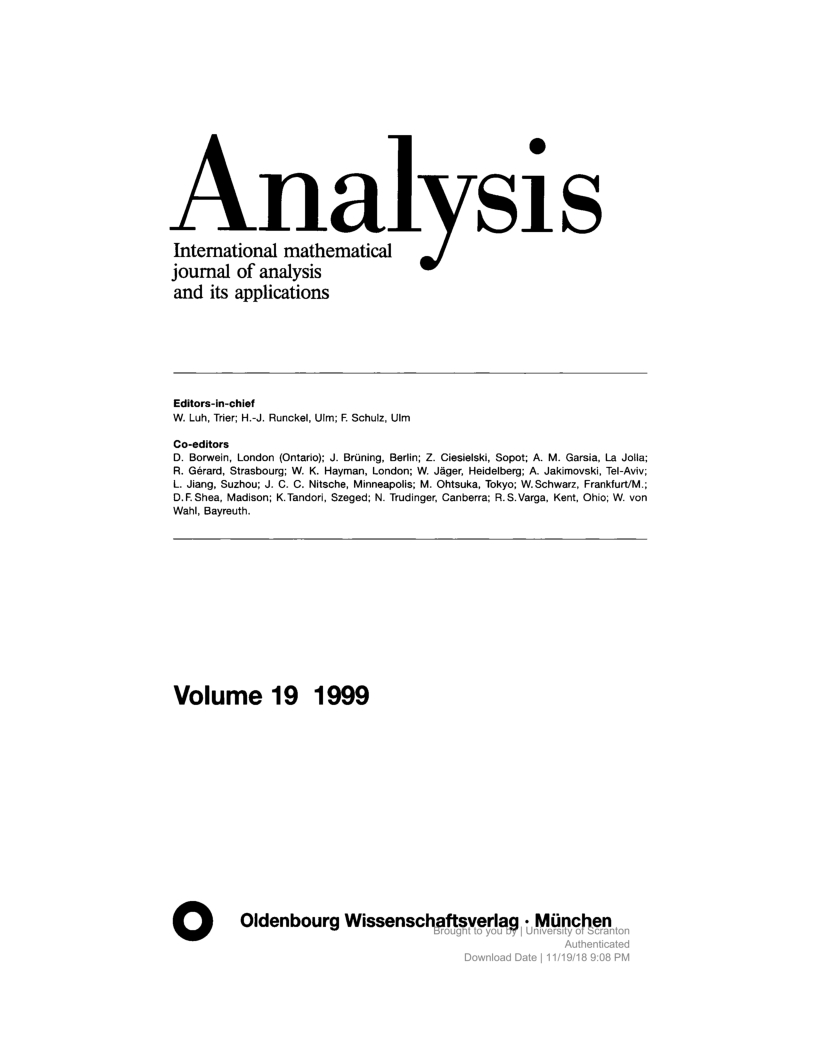
Invariance of the Wilansky Property
Analysis, Volume 19, December 1999
In 1991, A. K. Snyder and G. Stoudt identified the Wilansky property as a basis property for a Banach space. In my paper, this property is shown to be invariant with respect to the closed span of the coefficient functionals associated with a basis.